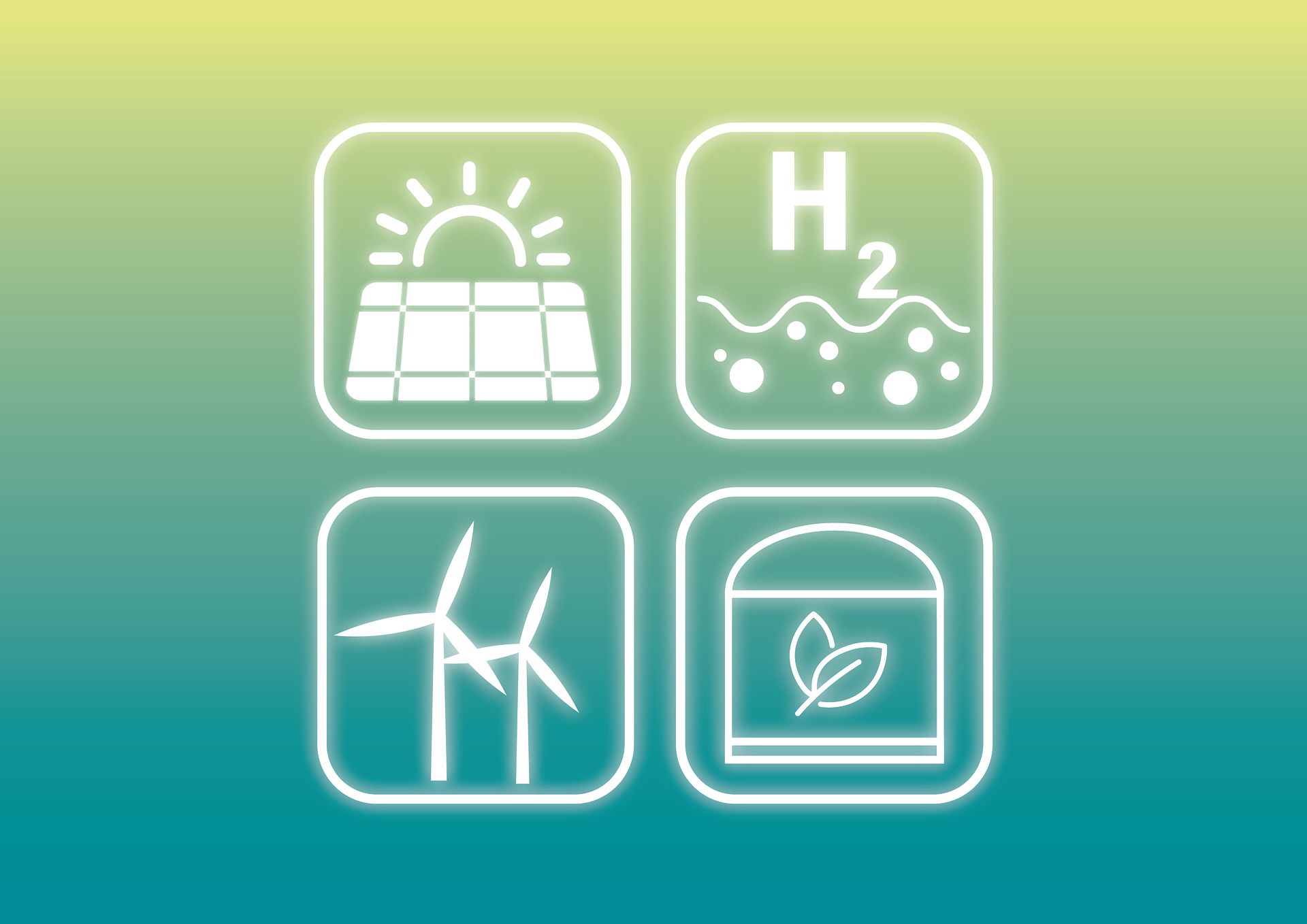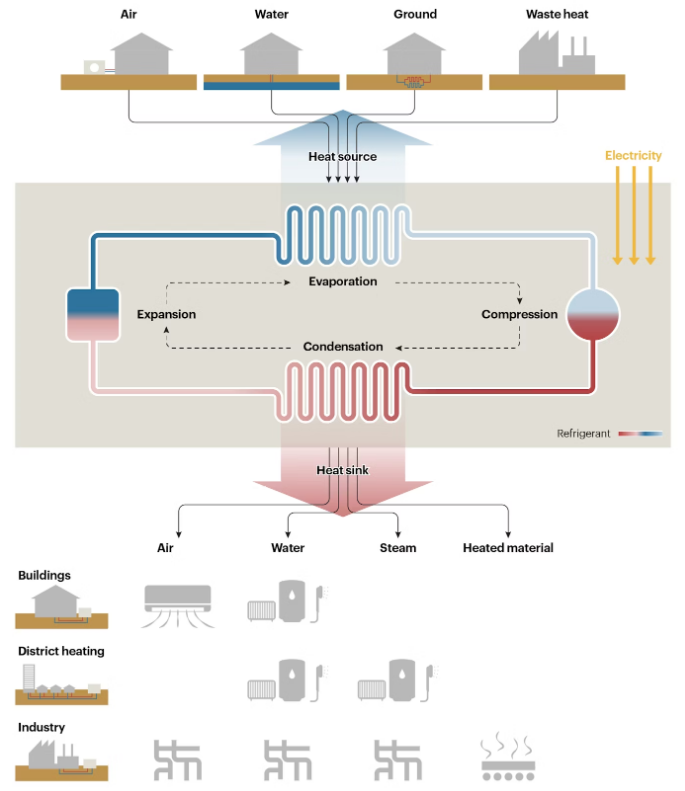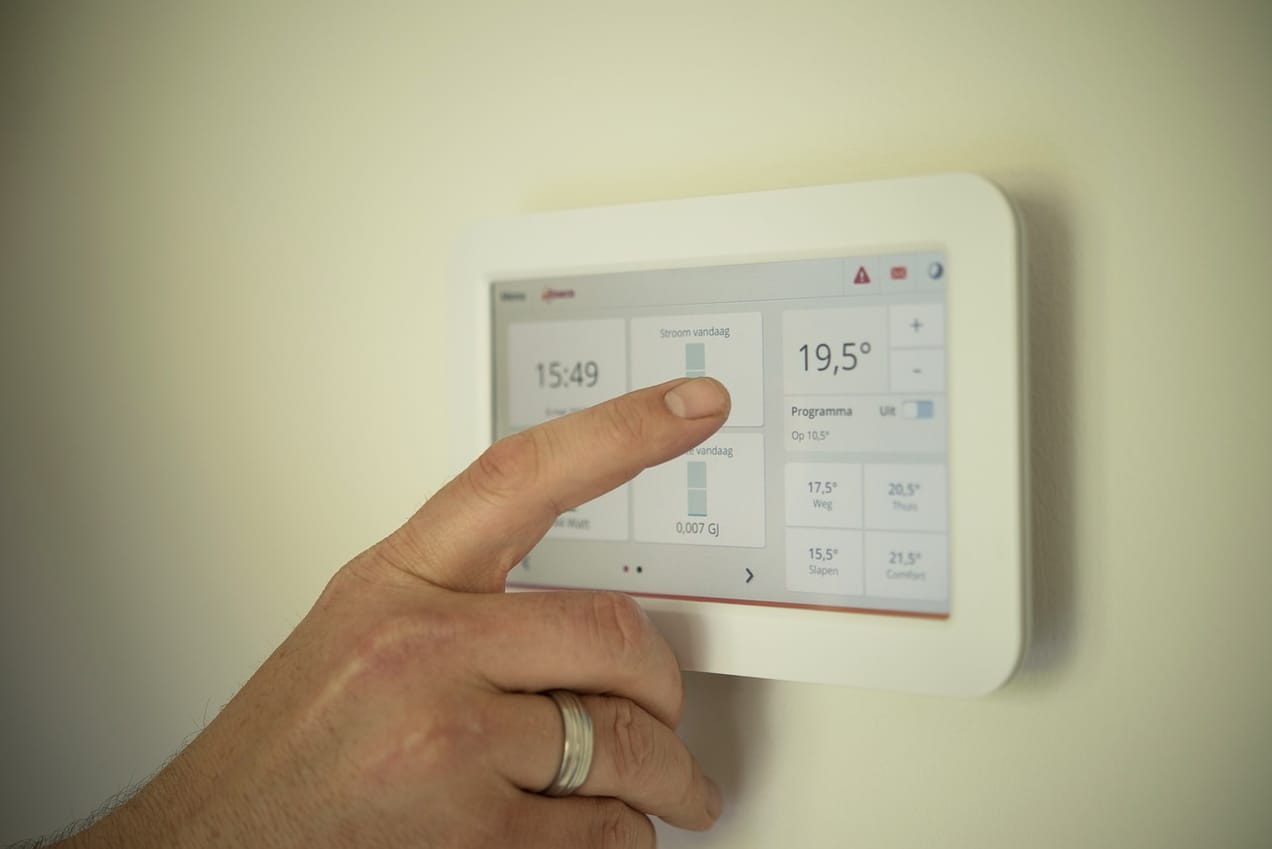Level playing field for blue and green hydrogen
Hydrogen is a big decarbonisation problem in itself. Understanding what 'clean' really means allows us to solve that problem in the right way.
Summary: The Hydrogen Science Coalition (HSC) has proposed a definition for 'clean' hydrogen as a standard that will help to meet the 1.5oC Paris Agreement target and will last the test of time. In other words, the form of 'clean hydrogen' production will not become obsolete in a few years, because it is too dirty. A secondary aim is to apply the same standard to green hydrogen as blue hydrogen so that there is a level playing field and all hydrogen will be equally clean. Hydrogen is a big decarbonisation problem in itself as most is produced from fossil fuels today.
Why this is important: Hydrogen demand was ~ 94 Mt with more than half of that used in producing ammonia (of which ~80% is used to make fertiliser). Almost all of the remaining hydrogen demand comes from refining.
The big theme: Hydrogen is both an energy carrier and an important element in a number of chemical and industrial processes. It is often portrayed as the Swiss army knife of energy sources, something that can turn its hand to almost any application. As a result, many studies forecast a massive surge in demand. Some uses make sense, but for many applications, we actually have better alternatives. Yes, demand will probably rise strongly, many of the "best" applications are in heavy industry - which has material implications for which companies will create and retain value.

The details
Summary of the 'clean' hydrogen definition proposal from the Hydrogen Science Coalition:
The HSC believe that blue hydrogen must at least meet the same emissions levels as green hydrogen over its lifecycle ensuring a level playing field such that whatever the source of hydrogen (H2), end use cases for 'clean'hydrogen will have equally low CO2e emissions. It should also mean that the best available technology is used and subsidies will not favour one sector over another.
The HSC give four components of the proposed definition of 'clean hydrogen' utilising the Green Hydrogen Standard, the Methane Emissions Certification Standard from MiQ and ISO. At the very high level these components are:


